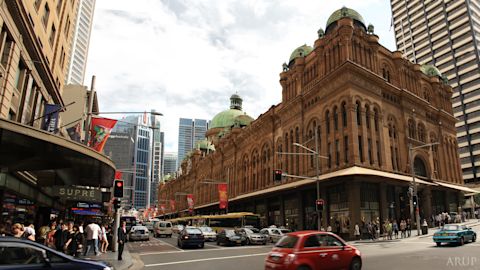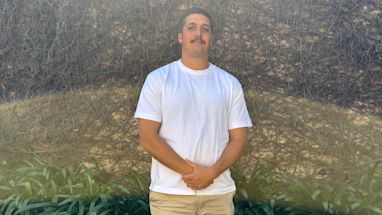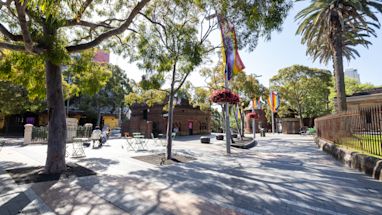While its future was once in jeopardy, the Romanesque sandstone building with its giant glass and copper dome has become a must-see Sydney attraction.
Construction of the Queen Victoria Market Building began in 1893 with the foundation stone laid on 8 December that year.
City architect George McRae designed the structure that was selected from 4 designs presented to the council. The architectural style was described as a “modified form of modern American Romanesque”.

Erection of the building took place between 1893 and 1898, completed under 13 contracts at a total cost of £261,102 10s 9d. Today, the total economic impact of the building construction would be around $2 billion.
Constructed on the site of the old George Street market, it was an arcade of shops with a concert hall and coffee palace with an elegant dining room. The dark, cool basement was never a success for vegetable sellers but proved popular with wine providores.
The building’s central dome was constructed by the Phippard Brothers. At the time it was built, it was the largest dome in the southern hemisphere, with an external diameter of around 19 metres and its cupola rising 58 metres from the ground.

The construction involved 1,572 cubic metres of excavation, 4.5 million bricks, 2,700 tonnes of iron and steel work, 680 cubic metres of trachyte stone, 7,277 cubic metres of sandstone, 4 hectares of plastering, more than 4,000 square metres of roof glazing and 4,000 square metres of tiling.
The Mayoress of Sydney, Francis Harris, was given the key to open the building on 21 July 1898.
By the late 1950s, the Queen Victoria Market Building had become a white elephant. Its architectural style was maligned, described by some as a “monstrosity” and the then Lord Mayor Harry Jensen advocated for its demolition.
Jensen argued the building should make way for a civic square under which a three-decker parking station could be built. The new civic square would have “trees, gardens, seats and a ballet of dancing water from a magnificent fountain”.
Fortunately, the building received a stay of execution and it was restored and re-opened in 1986. It remains one of Sydney’s most important heritage buildings.
Published 24 July 2018, updated 11 July 2023



